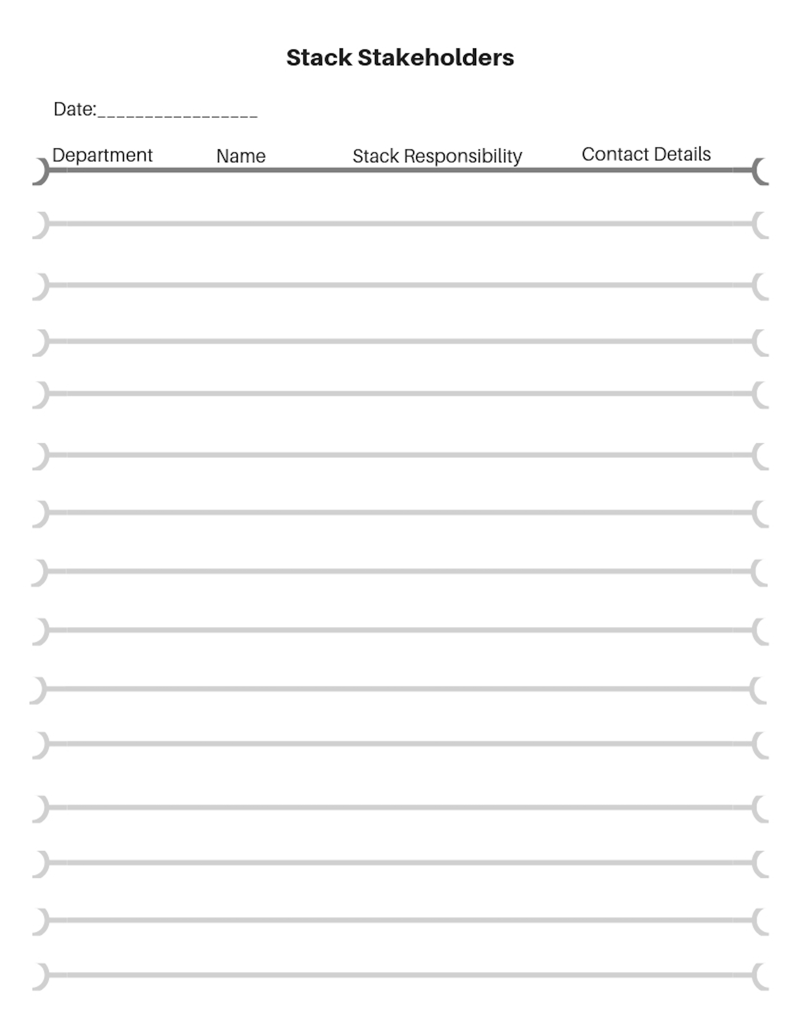Who in your organization is responsible for the marketing technology stack? Who has a vested interest in the performance of the stack? And, who is likely to be a gatekeeper or have a strong opinion about what you and your stack should do? These are your stakeholders.
Some organizations centralize the control of the marketing technology stack. Others allow for distributed purchasing. If your organization is embarking on a digital transformation strategy, it’s likely that you are purchasing marketing technology across many departments in your company, in an effort to improve the customer experience.
There’s no right or wrong way to organize how you manage your stack. We’ve seen multiple models work effectively: centralized, mostly centralized, and decentralized. We’ve also seen companies that effectively leverage their agencies to acquire and implement some components of their stack. The more decentralized your process is, the more stakeholders you are likely to have.
One of your more challenging issues is determining where the boundary lies between marketing and sales from a technology perspective. Is your CRM platform a marketing tool or a sales tool? The answer is probably both, but that’s beside the point. The functions of marketing and sales today are so completely intertwined that there is no point in trying to define technology boundaries. Marketing and sales must work together to have any chance of success, so make sure that you are including members of the sales team in your list of stakeholders.
My colleague Allen Pogorzelski of Openprise tells me “This is such a big deal for us that we’ve created simple data governance spreadsheets for SFDC, Marketo, and Eloqua. They are simple spreadsheets with a column for each key field, the owner, correct field values, how they are to be cleaned, and how often they’re to be updated. They help keep the peace between sales and marketing, and keep deals moving. With bidirectional integration between sales and marketing tools, ownership and governance is a really big issue.”
With your list of stakeholders in hand, identify their respective responsibilities with regard to the building and management of the marketing technology stack, and define the process you will use for communicating and collaborating with all stakeholders.
Note: in some environments it may make sense to assign responsibilities down to the stack layer or product category.
Define stack responsibilities in any way that makes sense for your business. Here are some suggestions to get you started:
